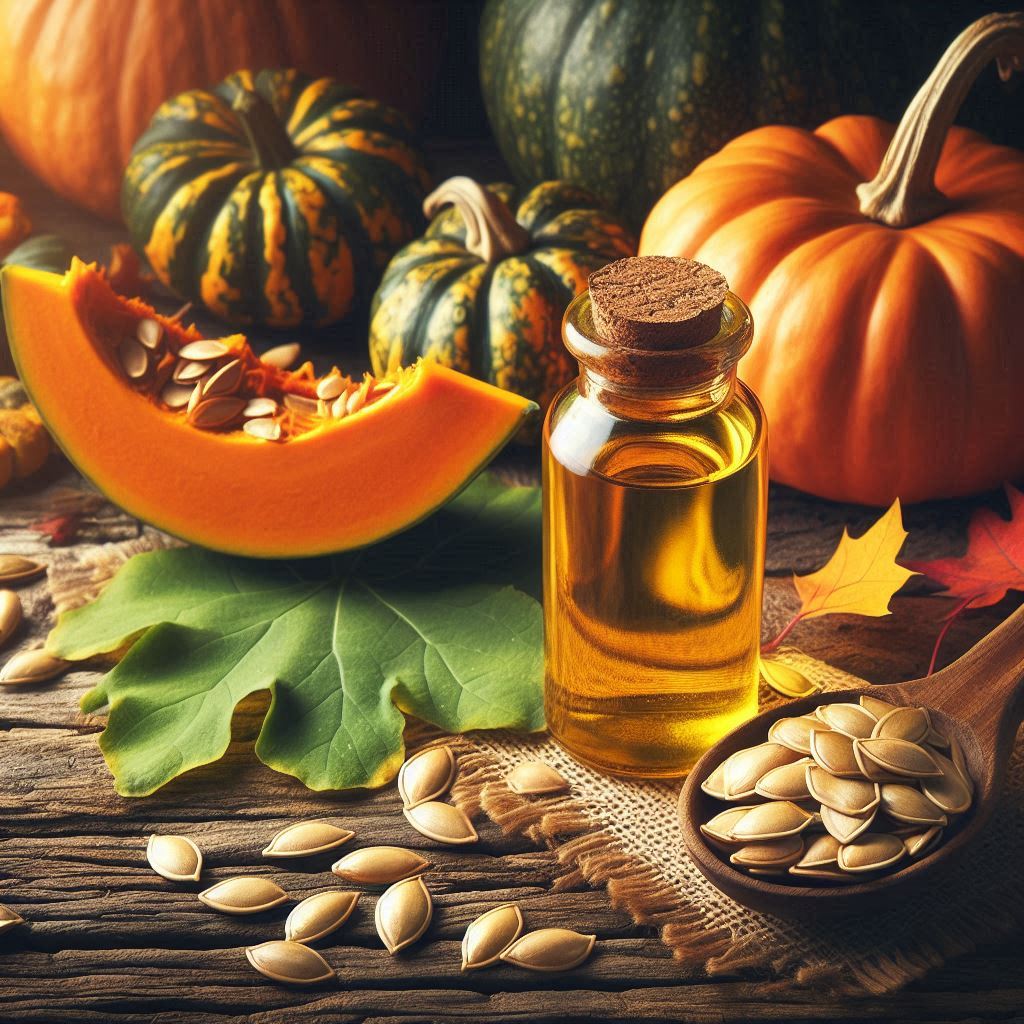Youthful Skin: How Maqui Berry Shields Against UV Damage!
Secrets of Maqui Berry: A Natural Ally for Skin Protection Maqui berry, a vibrant superfood from the Patagonian region, is gaining attention for its impressive health benefits, particularly in protecting against UV damage. Packed with antioxidants, this berry not only supports overall skin health but also helps defend against the harmful effects of sun exposure. Discover how incorporating Maqui berry into your routine can enhance your skin’s resilience and promote a radiant complexion. In recent years, the fascination with natural remedies and superfoods has surged, especially within the realm of skincare. One such remarkable contender making waves is the maqui berry (Aristotelia chilensis). Native to the pristine landscapes of South America, particularly Chile, the maqui berry is a small fruit rich in antioxidants. It shows promise as a protective agent for our skin. Recent research has begun to uncover the intriguing antioxidant properties of maqui berry extracts. These extracts may provide photoprotection for human skin fibroblasts exposed to ultraviolet (UV) radiation, especially UVB. The Power of Antioxidants Antioxidants are crucial for our health. They help combat oxidative stress from free radicals, which can cause cell damage. This damage may lead to various health issues, including premature aging, inflammation, and even cancer. Maqui berries are abundant in polyphenols, a class of compounds known for their potent antioxidant properties. According to research, the total polyphenolic content (TPC) in maqui berry extracts is significantly high. A study by Wacewicz-Muczyńska et al. found that the water extract (MWE) of maqui berries has a total phenolic content (TPC) of 57.75 mg of gallic acid equivalent per gram (GAE/g). This highlights its potential as a powerful antioxidant. Comprehending UV radiation and its impact on the skin. Ultraviolet radiation, particularly UVB, poses a significant threat to skin health. Some sun exposure is necessary for the skin to produce vitamin D. However, overexposure to UV rays can result in sunburn. It can also cause premature aging and an increased risk of skin cancers. UVB rays are especially damaging. They penetrate the outer layers of the skin and cause inflammation and cellular damage. Given the rising incidence of skin-related conditions linked to overexposure to the sun, researchers have increasingly focused on natural ingredients that can offer photoprotection. This is where the maqui berry enters the spotlight. https://fuelforlife365.com/ Research Findings: Maqui Berry as a Photoprotective Agent The study highlighted important findings regarding the efficacy of maqui berry extracts in protecting human skin fibroblasts (NHSFs) from UVB radiation. By exposing NHSFs to UVB radiation in the presence of maqui extracts, the researchers observed maintained or increased cell viability. This suggests that maqui berry extracts may provide a protective effect, helping to shield skin cells from the harmful impacts of UV rays. Both the water and ethanol extracts displayed strong abilities to inhibit DPPH radical formation, a key test for antioxidant activity. The measured inhibitory activities were 283.63 mg Tx/L for the water extract and 284.60 mg Tx/L for the ethanol extract. These results demonstrate significant efficacy in neutralizing free radicals, further solidifying the berry’s reputation as an antioxidant powerhouse. Safety Profile and Versatile Applications Another significant aspect of this study was the safety profile of maqui berry extracts. The researchers conducted a thorough examination of potential toxic elements, including arsenic, cadmium, and lead, and found the extracts to be free of harmful concentrations. This is crucial for any natural ingredient intended for use in skincare products, ensuring that users can enjoy the benefits without adverse health risks. The implications for the skincare industry are profound. Maqui berry extracts could be a versatile component in formulating topical products designed to protect skin from UV damage. This could include creams, serums, and lotions that leverage the antioxidant and anti-inflammatory properties of the berry to enhance skin resilience. Next Steps: Exploring the Mechanisms Further While the initial findings are promising, the researchers have acknowledged that further studies are required. The objective is to identify the specific maqui compounds that contribute to the observed photoprotective activity. In doing so, not only can we understand which active ingredients enhance the skin’s defense against UV damage, but we can also develop targeted products that maximize these benefits. You May Also Visit Here Conclusion: A Berry That Bodes Well for Skin Health As consumers increasingly seek natural solutions to skincare challenges, maqui berry stands out as a potential ally in the fight against skin damage from UVB radiation. Its rich antioxidant profile and promising photoprotective properties make it a compelling option for inclusion in sun care formulations. Incorporating maqui berry into our skincare regimens may not only provide enhanced protection from sun exposure but also contribute to overall skin health. As research into this incredible berry continues, it’s exciting to think of the possibilities that lie ahead in harnessing the power of nature for better skin care practices. With its exquisite blend of beauty and benefits, the maqui berry may soon take its rightful place in the pantheon of superfoods, helping us protect what truly matters: our skin!




